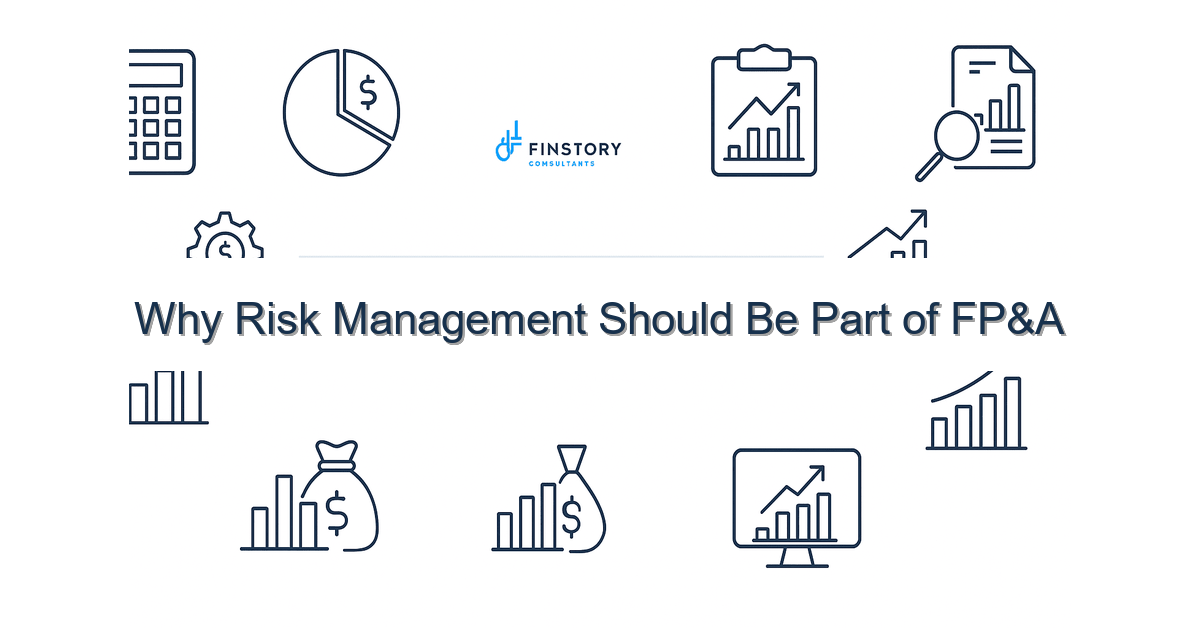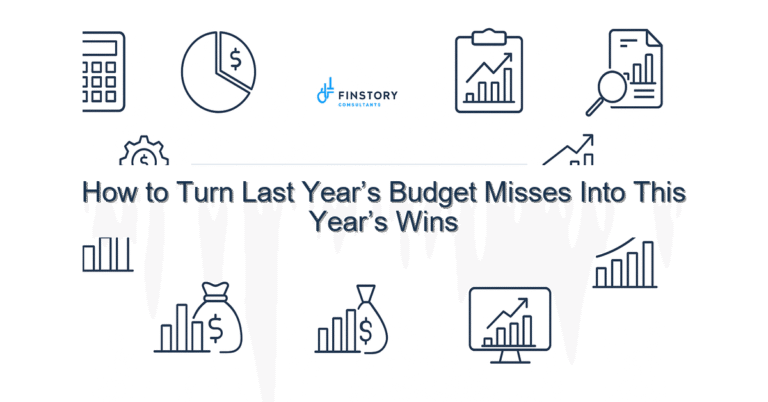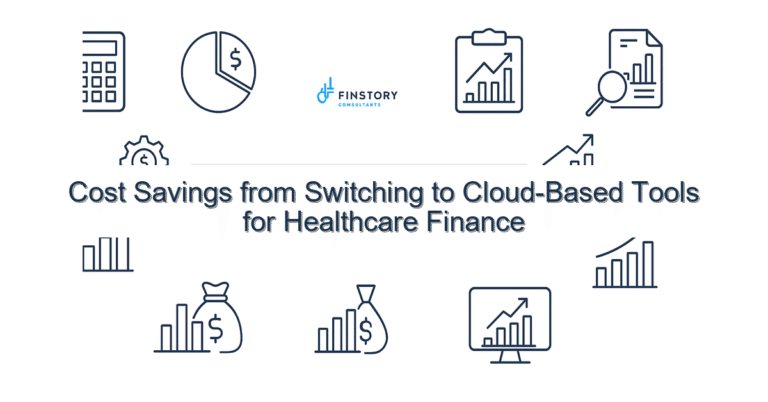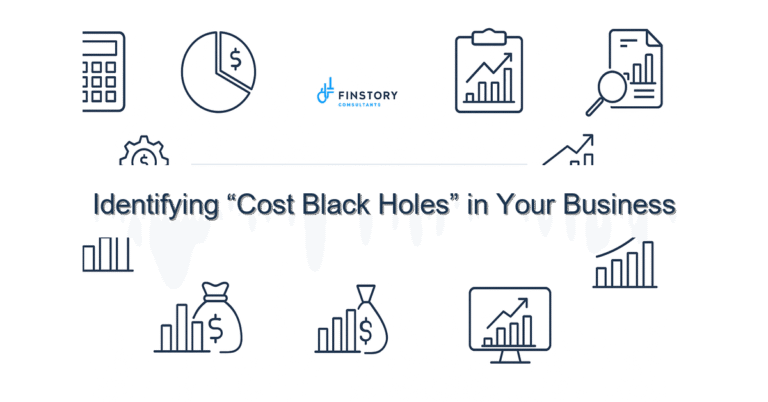Why Risk Management Should Be Part of FP&A
You’ve felt it: a late regulatory change, a sudden staffing shortage, or a payor surprise that turns a solid plan upside down. It’s exhausting watching plans fracture because unknown risks weren’t in the numbers.
Summary: When you make risk management part of FP&A, you turn surprise into foresight. The team delivers risk-adjusted forecasts, clearer trade-offs, and faster decisions—meaning fewer crisis calls and more predictable margins.
What’s the real problem?
Most FP&A teams focus on budgets, historic trends, and best-estimate forecasts. That’s necessary, but not sufficient. Healthcare is a high-variability business: regulatory shifts, case-mix swings, staffing volatility, and payer contract changes all carry financial risk. When FP&A ignores those risks, leadership sees only one version of the future—usually the optimistic one.
- Forecast misses that require emergency budget cuts mid-quarter.
- Overruns caused by unmodeled staffing and agency spend during patient surges.
- Missed margin erosion from a new payer fee schedule or prior authorization denial surge.
- Slow scenario analysis that keeps leaders waiting and increases reaction time.
What leaders get wrong
Leaders don’t usually intend to leave risk out of FP&A. But three patterns keep it isolated:
1) Treating risk management as compliance or insurance’s job. That puts financial implications an afterthought.
2) Running a single “most likely” forecast without ranges or scenarios. It looks clean but hides downside.
3) Using risk as a board-level narrative only—no operational signals, no triggers in planning models.
These mistakes make the finance function reactive. When the unexpected happens, operations scramble and the CFO gets a late-night call they could have avoided.
A better approach: integrating risk management into FP&A
Make risk management in FP&A a routine part of planning and forecasting. Here’s a tight framework you can start with.
- Identify and quantify the top 8–12 risks (clinical, operational, reimbursement, capital).
- Build risk-adjusted scenarios: baseline, downside, and upside with clear assumptions.
- Assign probabilities and financial impact; roll up to the consolidated forecast.
- Create operational triggers and dashboards that translate risks into action by department.
- Embed into monthly close and leadership reporting so the risk view drives decisions.
Real-world story: a mid-sized hospital system we advised added a “staffing surge” scenario tied to ED volumes. By quantifying agency spend and revenue lag, they avoided a reactive hiring spree and reduced agency costs by 18% within six months—while maintaining access.
Quick implementation checklist
- Run a 90-minute risk workshop with clinical, operations, revenue cycle, and supply chain teams to list top risks.
- Pick 6–8 risks and estimate probability and financial impact this quarter.
- Add a downside scenario to your monthly forecast and show it to the executive team.
- Tag forecast line items that are risk-sensitive (FTEs, agency, ER visits, elective procedures).
- Set up one dashboard tile (Power BI or your BI tool) that shows variance to risk-adjusted forecast.
- Create one operational trigger (e.g., ED volume +10% for 3 consecutive days) and define the immediate finance ops response.
- Document assumptions in a central place so you can update probabilities fast.
- Schedule a 30-minute monthly risk review as part of the FP&A close.
What success looks like
When you integrate FP&A risk management into your practice, you should measure both financial and process outcomes. Examples:
- Forecast accuracy improves: Mean absolute percentage error (MAPE) down by 10–20% on key revenue lines.
- Faster decision cycle: Scenario modeling time reduced from days to hours.
- Cost containment: Agency and overtime spend reduced by 10–25% in 6 months.
- Reduced surprise: One-off budget hits fall by over 50% year-over-year.
- Clear ROI: Avoided losses (e.g., payer denial swings, readmission penalties) exceed the cost of running risk models.
- Higher leadership confidence: Less crisis-driven requests, more strategic trade-offs.
Risks & how to manage them
Top 3 implementation risks and practical mitigations:
- Data gaps: You don’t have clean inputs for scenario modeling. Mitigation: Start with small, high-impact data sets (volumes, payor mixes, agency costs). Use conservative ranges and progressively widen models as data improves.
- Analysis paralysis: The team overbuilds scenarios and never presents anything. Mitigation: Limit to three scenarios per period—baseline, downside, upside—and use a standard template for speed.
- Ownership confusion: Risk becomes everyone’s job and no one’s responsibility. Mitigation: Assign a risk owner in FP&A and operational owners for each key risk with defined response actions.
Tools & data
You don’t need exotic tech to start. But automation and visualization make the difference between a spreadsheet exercise and operational impact.
- Finance automation: Use your ERP and planning tool to centralize assumptions and roll-ups. Automation reduces latency and errors.
- Power BI (or equivalent): Build a risk dashboard with scenario toggles, probability sliders, and department-level impact views.
- Leadership reporting: Embed risk-adjusted figures into executive scorecards so the CFO and COO see alternative outcomes at a glance.
For technical guidance, see our guide on driver-based forecasting and how it supports scenario modeling. If you need faster data flows, our financial automation services help replace manual consolidations. For capital and long-range planning, review our perspectives on capital planning for healthcare.
FAQs
Q: How much extra work is this for FP&A?
A: Start small. Initial work is a few focused sessions and building one downside model. Once templates and dashboards exist, monthly maintenance is modest and provides outsized value.
Q: Will adding risk slow decision-making?
A: If done well, it speeds decisions by presenting clear trade-offs. The aim is to replace guesswork with quantified choices.
Q: Which risks matter most for healthcare organizations?
A: Typically: patient volume swings, staffing/agency costs, payer contract changes, regulatory penalties/readmissions, and supply chain disruptions. Prioritize by potential financial impact.
Q: Can small hospitals do this, or is it just for large systems?
A: Any size can benefit. The process scales—small hospitals focus on a shorter list of high-impact risks and simpler dashboards.
Next steps
If you want predictable margins and fewer surprises, start by folding risk management in FP&A into your monthly rhythm. Book a short diagnostic with a team that’s done this in healthcare before—someone who can map your top risks, stand up a quick dashboard, and train operational owners.
Ready to integrate risk management into FP&A? Contact Finstory to run a one-week risk sprint and get a working risk-adjusted forecast and dashboard your leadership can trust.
Work with Finstory. If you want this done right—tailored to your operations—we’ll map the process, stand up the dashboards, and train your team. Let’s talk about your goals.
📞 Ready to take the next step?
Book a 20-min call with our experts and see how we can help your team move faster.
Prefer email or phone? Write to info@finstory.net
or call +91 44-45811170.






